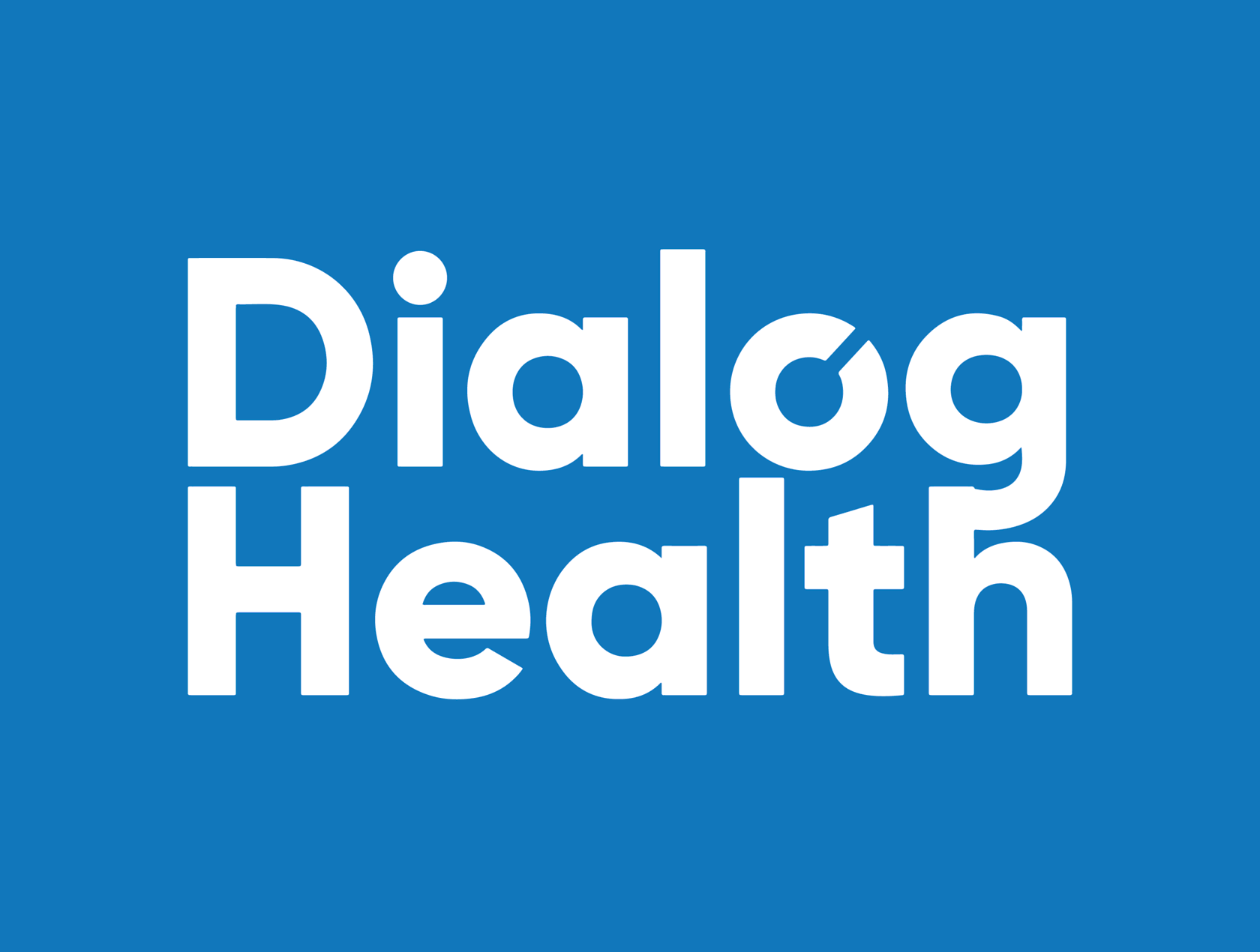- Japan
-
 Early childhood
Early childhood - 10 delegates
- March 2025
From 8 to 14 March, a 10-strong delegation travelled to Japan to learn from best practice in the field of early childhood support.
From 8 to 14 March 2025, Dialog Health and FEHAP organised a study visit to Japan, bringing together a delegation of 10 participants. This professional immersion provided an opportunity to explore innovative practices in the field of early childhood support, by discovering exemplary structures and exchanging views with experts in the field.
Day 1: Introduction
Morning: The mission began with a presentation of the Japanese cultural context at the French Embassy in Tokyo, followed by an in-depth analysis of the early childhood care system by researcher Ellie Nagaoka.
Afternoon: Visit to the ChaCha Children Todoroki crèche, an innovative facility for 119 children, which promotes sensory stimulation and family involvement through its ChaCha Café.
Day 2: Inclusion and autonomy
Morning: Discovery of the Helen Ogikubo inclusive day nursery, the first in Japan to specialize in children with disabilities. This unique model offers appropriate supervision and promotes children's well-being through outdoor activities.
Afternoon: Immersion in the Toukoukai - Shibuya Higashi SIZEN-NO-KUNI nursery, a learning centre that encourages exploration and independence in children through immersive projects such as Walking around town and the Children's Museum.
Day 3: Stimulating learning environments
Morning: Visit to Fuji Kindergarten in Tachikawa, a unique kindergarten that incorporates intentional challenges to empower children. Their approach is based on five key principles: Seeing, Touching, Feeling, Thinking and Acting.
Afternoon: Exploration of the Tamagawa nursery in Akiruno, which focuses on play and exploration to foster children's overall development.
End of the mission: inclusion and innovation
Morning: Discovery of Kotoen, a Japanese organisation that supports the elderly, children and people with disabilities. Its intergenerational approach and respect for individuality make it an inspiring model.
Afternoon: Visit to the Doronko Higashiyamato inclusive nursery, renowned for its innovative infrastructure and support for families. This model encourages children to flourish while strengthening community ties.
Conclusion
This study mission was a source of inspiration for the participants, enabling them to explore innovative practices in early childhood support and inclusion. Many thanks to all the partners and participants for these enriching exchanges!
Day 1: Introduction
Morning: The mission began with a presentation of the Japanese cultural context at the French Embassy in Tokyo, followed by an in-depth analysis of the early childhood care system by researcher Ellie Nagaoka.
Afternoon: Visit to the ChaCha Children Todoroki crèche, an innovative facility for 119 children, which promotes sensory stimulation and family involvement through its ChaCha Café.
Day 2: Inclusion and autonomy
Morning: Discovery of the Helen Ogikubo inclusive day nursery, the first in Japan to specialize in children with disabilities. This unique model offers appropriate supervision and promotes children's well-being through outdoor activities.
Afternoon: Immersion in the Toukoukai - Shibuya Higashi SIZEN-NO-KUNI nursery, a learning centre that encourages exploration and independence in children through immersive projects such as Walking around town and the Children's Museum.
Day 3: Stimulating learning environments
Morning: Visit to Fuji Kindergarten in Tachikawa, a unique kindergarten that incorporates intentional challenges to empower children. Their approach is based on five key principles: Seeing, Touching, Feeling, Thinking and Acting.
Afternoon: Exploration of the Tamagawa nursery in Akiruno, which focuses on play and exploration to foster children's overall development.
End of the mission: inclusion and innovation
Morning: Discovery of Kotoen, a Japanese organisation that supports the elderly, children and people with disabilities. Its intergenerational approach and respect for individuality make it an inspiring model.
Afternoon: Visit to the Doronko Higashiyamato inclusive nursery, renowned for its innovative infrastructure and support for families. This model encourages children to flourish while strengthening community ties.
Conclusion
This study mission was a source of inspiration for the participants, enabling them to explore innovative practices in early childhood support and inclusion. Many thanks to all the partners and participants for these enriching exchanges!
Subscribe to our newsletter
Once a month you will learn about our latest tours.
By clicking the button you agree to our Privacy Policy
Photos
Missions d'étude récents

